Stuck Between a Rock and the ER
Dealing with kidney stone emergencies requires a different approach than that which resolves the chronic underlying causes
We usually advocate for careful, measured medical solutions. We rail against the tendency to try to “hack” biology, because biology can’t be hacked without hacking it to bits.
And yet, sometimes you just have to cut the Gordian knot, because there’s a difference between emergency care and chronic care.
In emergencies you’re willing to do things that you might never do outside of them because in every situation you have to weigh the risks and benefits. When you have time on your side you can take it easy and do things the right way, without little or no risk at all. When you’re stuck between a rock and a hard place like the ER you often have to make concessions because the ER can mean even risker treatments and procedures that are often quite expensive as well.
Kidney stones can be excruciatingly painful to pass, and sometimes they won’t pass at all if they’re too large. No matter how much painkiller you receive it may not do much at all when the spasmodic pains hit. And using the strongest opiate painkillers like morphine can worsen spasms of the ureter so patients are usually started on high dose ibuprofen, perhaps alpha blockers like tamsulosin to reduce spasms, and plenty of fluids to help flush the kidney stone out.
If that doesn’t work then some types and sizes of stones can be broken up by a shockwave (lithotripsy) procedure, others require retrieval via a freaky endoscopic procedure call ureteroscopy, and still others may require a full on open surgery. 1 in 1000 to 1 in 2000 ureterscopy procedures will result in severe complications like avulsion of the ureter, requiring extensive surgical repair. Of course any major surgical procedure can involve complications, but for most people the biggest complication will be to their pocketbooks. With insurance you’re looking at $1000s in copays and without insurance 10s of $1000s. Finally and perhaps worst of all is the amount of time it takes to finally get relief from the stone. It could be many hours in the ER just waiting for the procedure to be arranged.
In this and other similar situations it’s always good to have a plan B, or even a plan A that you can institute yourself.
We’ve seen incredible results from two simple approaches to acute kidney stones. The first can be done by nearly anyone at any time and you just need a bunch of lemons and water. The second is more specialized and is the herb Chanca Piedra, which might be good to keep on hand if stones are a recurrent problem.
Lemons are well known to help prevent the two mosts common types of kidney stones - calcium oxalate and uric acid, they’ve been mentioned by the Harvard Health website and many dialed-in urologists will let you know about lemon juice for prevention. Lemon juice has citric acid, which becomes citrate when excreted in the urine. This reduces acidity of the urine which can dissolve uric acid stones. The citrate also binds calcium ions to prevent calcium oxalate formation.
It is not usually considered likely for citrate from lemonade or any other source to be able to shrink a calcium oxalate stone once it forms, but it seems like it should be possible. And we have to understand that even shaving off a tiny bit of an impacted stone can mean the difference between surgery and spontaneously passing it.
Now at the surface of a calcium oxalate stone in the urine there would always be some flux of calcium ions either joining the stone or leaving it. The tendency towards one or the other would be influenced by how many calcium ions are dissolved in the urine. With the addition of citrate which binds and removes calcium ions from the urine, more calcium would be released from the calcium oxalate stone, thereby leading to progressive shrinkage of the stone. Perhaps a biochemist can chime in with a predicted rate of dissolution, but lets see what we can come up with.
The likelihood of a stone passing naturally depends on its size (diameter):
1 mm: 87% chance of passing
2–4 mm: 76% chance of passing
5–7 mm: 60% chance of passing
7–9 mm: 48% chance of passing
Larger than 9 mm: 25% chance of passing
Based on the weight of calcium oxalate and assuming a spherical stone shape, the following are the typical weights of various diameter stones:
Small Stones (1-5 mm):
Volume range: 0.5 mm³ to 65.45 mm³
Weight range: Approximately 1 mg to 137 mg.
Medium Stones (5-10 mm):
Volume range: 65.45 mm³ to 523.6 mm³
Weight range: Approximately 137 mg to 1100 mg.
Large Stones (10-15 mm):
Volume range: 523.6 mm³ to 1767 mm³
Weight range: Approximately 1100 mg to 3710 mg.
So if we can somehow manage to dissolve gram ranges of calcium oxalate we would have a very good chance of partially or completely dissolving any stone stuck in the ureter.
Thanks for reading Dr. Syed Haider! This post is public so feel free to share it.
1. Amount of Citrate in Lemon Juice
Citrate Content: Lemon juice is a rich source of citrate. On average, one lemon (about 48 grams of lemon juice) contains approximately 1.44 grams of citrate.
Daily Intake: If someone were to drink the juice of 16 lemons in day (8 glasses of 500ml with 2 lemons in each), this would provide approximately 23 grams of citrate.
2. Citrate Absorption and Excretion
Absorption and Metabolism: After ingestion, citrate is absorbed in the intestines, and a portion is metabolized in the body, while the remainder is excreted in the urine. The efficiency of absorption and excretion can vary, but it’s generally estimated that about 20-40% of ingested citrate is excreted unchanged in the urine.
Urinary Citrate Increase: If we assume a 30% excretion rate, consuming 5.76 grams of citrate would result in approximately 7 grams of citrate entering the urine.
3. Citrate Binding to Calcium
Calcium Binding: Citrate binds to calcium in the urine, forming soluble calcium-citrate complexes. The effectiveness of this binding depends on the concentration of calcium and citrate in the urine.
Binding Capacity: Each mole of citrate can theoretically bind one mole of calcium (even though citrate is trivalent, often only one binding site is involved in a stable complex in biological conditions). The binding of calcium by citrate is pH-dependent, with better binding at higher urinary pH (above 6.5), and citrate itself tends to raise the pH of urine. If we estimate that 7 grams of citrate could bind to a proportional amount of calcium (assuming typical urinary conditions), it could potentially bind up to around 1500 mg of calcium (since citrate and calcium have different molar weights).
4. Impact on Calcium Oxalate Stones
Impact on Stone Size: This should significantly reduce the stone size because 1500 mg of calcium represents about 5400 mg of calcium oxalate (the oxalate contributes its own weight when combined to calcium in the stone) and 5400mg is more than the weight of even most very large ureteral stones.
It seems from the above that drinking plenty of lemon juice could have an outsized impact on any stone stuck in the ureter or anywhere else, and even on much larger stones stuck in the kidneys. Perhaps unsurprisingly many people have reported anecdotally that drinking lots of lemon juice when they develop any type of kidney stone has helped dissolve it.
In light of the calculations and reports it’s possible that lemon juice shrinks stones via the above laid out acetate in the urine mechanism (assuming there are no mistaken assumptions, like how fast the stone releases calcium at its surface), or that there is some other active principle in lemon juice that shrinks stones or stimulates relaxation of the ureters to allow them to pass, or that there is a placebo effect, or that people tend to be able to stomach more lemonade than they can plain water, and it’s just the relatively increased urine output that helps the situation.
In any event if I had a stone I would drink as much lemonade as I could to see if I could get rid of it, despite every publicly searchable source swearing it wouldn’t help because I tend to believe other people’s experience over biased researchers and scientists. If I weren’t quite so confident I might drink the lemonade on the way to the ER, and while waiting for a urologist to show up - if it worked, great, if not, no harm, no foul.
Chanca Piedra, Spanish for the “Stone Breaker”
The other kidney stone remedy has more research to back it up than lemon juice does, though you’ll usually have to go out of your way to find it instead of just visiting your local grocery store. Chanca Piedra is an Amazonian herb that is well known in local lore to both help prevent and treat kidney stones. Similar to lemon juice it increases citrate secretion into the urine which will bind calcium. It increases the secretion of magnesium, which also inhibits calcium oxalate formation. It also has known diuretic (increased urine flow), antispasmodic, antioxidant and antiinflammatory effects that may all contribute to fast and pain-free stone passage.
Gallstones
Now, no treatment of acute painful stones that land you in the ER would be complete without touching on gallstones. There’s sure to be a way to treat these, but unfortunately we’re not as certain of a one size fits all remedy for this (let us know what you’ve got). I would caution against removing the gallbladder though, as it’s a crucial organ for proper digestion and for maintaining proper hormonal balance since bile is directly involved in fat digestion, including cholesterol, which is the precursor of all hormones. It’s also required for the digestion and absorption of the important fat soluble vitamins A, D, E and K. Of course bile will continue to be produced even without a gallbladder, but its synchronized, well-timed release during the process of digestion will be impaired.
Removing the gallbladder can also contribute to estrogen excess, since extra estrogen is partly dumped into the gut via the bile and when not normally depleted may contribute to many common modern diseases such as:
Obesity
Heart Disease
Diabetes
Strokes
Cancer
Thyroid Dysfunction
Endometriosis
Uterine Fibroids
Polycystic Ovary Syndrome (PCOS)
Osteoporosis
Many people have already had their gallbladders removed, but they do keep producing bile and the situation can still be balanced out by optimizing lifestyle factors and oftentimes a psuedo-gallbladder will even reform due to dilation of the remaining bile ducts, which allows larger boluses of bile to be injected into the gut when called for, similar to what would happen with a normal gallbladder.
Coffee Enemas and Gallstones
Various enemas have been used since ancient times by every ancient medical system. Coffee enemas were first documented in the early 20th century. They were reportedly used by soldiers in WWI for pain control. They were popluarized by Max Gerson in the 1930s as an alternative therapy for liver and gallbladder flushing and support and in the alternative treatment of cancer. The best type for this purpose is organic, green, unroasted, heavy metal and mold free coffee.
This is how coffee enemas may help with gallstones:
Absorption:
Whither Caffeine? The difference between a coffee enema and simply drinking the coffee lies in where the coffee and caffeine ends up. When you drink coffee the caffeine is primarily absorbed by the stomach and small intestine, and enters the systemic circulation traveling throughout the body before going to the liver to be metabolized out of the bloodstream. However with an enema the coffee and caffeine are primarily absorbed into the portal vein which feed straight into the liver. Here the effects of coffee will be concentrated, and coffee will also be metabolised and removed from the blood, rather than traveling on to the rest of the body. Research confirms that blood levels of caffeine are 2.5X lower after a coffee enema, compared to drinking the same quantity of coffee, and this is important because caffeines effect on the brain and rest of the body is not usually conducive to healing from chronic illness.
Stimulation of Bile Flow:
Bile Production & Flow: Caffeinated coffee specifically has been shown to stimulate the production of bile by the liver and promote its flow through the bile ducts by stimulating the contraction of the gallbladder. Enhanced bile flow can theoretically help prevent the formation of gallstones by keeping bile less concentrated and reducing the likelihood of cholesterol crystallization. It should also help break up or flush out stones already present since stagnation of bile is a risk factor for stone formation.
Bile Duct Dilation: It’s possible coffee enemas cause dilation of the bile ducts, which could facilitate the passage of small stones or sludge, though this effect is not well-documented.
Lemon Juice and Gallstones
Not the first thing we think of for gallstones, but since we used it for kidney stones, lets check it out here as well. Traditionally it has been used and is usually taken with olive oil for gallstones.
Bile Production and Flow:
Lemon juice is high in citric acid, which stimulates bile production. Bile is essential for the digestion and emulsification of fats, and an increase in bile flow might help prevent the formation of gallstones and help break them down, particularly cholesterol stones. The antioxidant vitamin C in lemon juice could help support liver function including bile production.
Chanca Piedra and Gallstones
Again since we mentioned it for kidney stones it’s worth looking at here as well.
Hepatoprotective and Choleretic Effects:
Chanca Piedra has been traditionally used for various liver and gallbladder conditions. Some studies have indicated that it has hepatoprotective (liver-protecting) properties and may increase bile secretion (choleretic effect) which could help dissolve and flush out stones.
Potential Stone Dissolution:
Like its use in kidney stones, Chanca Piedra is believed by some to have poorly characterized litholytic (stone-dissolving) properties. While most of the evidence for this comes from studies on kidney stones, there is some traditional use and anecdotal evidence suggesting it might also be helpful for gallstones.
Thanks for reading Dr. Syed Haider! This post is public so feel free to share it.
Other Herbs for Gallstones
There are many herbal remedies for gallbladder issues, but they’re beyond the scope of this article and should be recommended by a practitioner who analyzes the patient’s specific situation.
Bile Acids for Gallstones
Not considered an acute remedy, but more long term, is the supplementation of bile acids that are found in normal bile, but may be “deficient” in someone with gallstones. Ursodeoxycholic acid is often used. It helps remove cholesterol from the bile and dissolves cholesterol gallstones over time. There is a pharmaceutical version and you can also get animal sourced bile acid supplements. Should only be considered as an adjunct to real deep resolution.
Bonus: Third “Rock”
There’s one acute condition you’re unlikely to get treated in the ER and that’s a severe toothache, because dentists don’t usually visit ERs. This can be as painful as any other pathology and even strong painkillers have a hard time blunting it. The ER is likely to give you an antibiotic and a painkiller and then refer you to a dentist. If you’re lucky they’ll inject a temporary nerve block that will probably wear off in a few hours. All this for a price that may be in the thousands of dollars and can involve a lot of time in excruciating pain waiting to be seen.
The single most effective and fastest treatment for any toothache, including an abscessed tooth is to bite on a fresh clove of garlic with the painful tooth. Pain is typically gone within a couple minutes. Though the garlic juice released can cause some brief burning in your mouth it’s well worth it. Garlic combines a nerve block and antibiotic in one. I have personally witnessed the effects which can last for 12-24 hours. It can be repeated as needed and can completely resolve not only the pain but even the underlying infection itself, reversing swelling, warmth, tenderness and temperature sensitivity within a day or two.
The primary side effect aside from the mucosal burning from the juice is nuclear breath and distorted taste.
Something that is much less smelly than garlic may work as well and that’s black cloves. You can try biting on 1-5 cloves with the affected tooth and often achieve the same effect, but if not you can always graduate to the garlic.
Some people hate the dentist so much they go on to live with cloves in their mouth, allowing them to continue ignoring the underlying problem of dental disease caused by dietary and other lifestyle indiscretions. This is of course a recipe for eventual disaster.
Like all the short term solutions, it’s not meant to be used as a long term bandaid. Anecdotally it is possible to actually heal teeth and avoid dentistry, but it does take dedication and significant lifestyle change. As with any disease process the approach is essentially to remove toxins and chronic pathogens which many people like have growin in the roots of multiple teeth - eg press your gums looking for any tender spots. Along with removing the harm we have to support the teeth with the right lifestyle choices and diet. Then we just have to wait long enough for these changes to take effect.
Acute Care vs Chronic
Some people figure out how to mitigate their acute kidney or gallstone issues, and then they turn that into their chronic care plan. There are many cases of patients who once they figure out that lemon juice will prevent further attacks simply drink lemonade daily and think no more of it.
The problem of course is that this doesn’t address the root cause of the problem.
It’s like having a leak in from the second floor bathroom and just painting over it, or when it gets worse just repairing the area that was leaked and making it waterproof.
Sooner or later the water will just go somewhere else and spring another leak.
The same happens in your body. The first symptom is just an early warning sign. It’s like the canary in the coal mine. When that canary died, the miners hightailed it out of there before they dropped dead too. The toxic gas dropped the little bird at much lower concentrations than it did the big miners, but once the gas started leaking they knew it would just keep building up until it got them too.
The same in your kidney or liver/gallbladder. There is some mixture of causes: toxins/pathogens and nutrient/nourishment deficiencies that is harming your organ. Left unaddressed it will keep harming your organ even if you neutralize its ability to create stones.
You’ve kept yourself comfortable by shutting up your early warning system. It’s like theres an enemy attacking and you were annoyed by the air raid sirens so you just shut them off and ignored the developing situation.
So what do you do instead?
Knowing the cause means knowing the solution.
In traditional medical thought the kidneys were linked to fear and willpower. Kidney disease or dysfunction was associated with deep-seated fears, insecurities, and a lack of resolve and resilience.
The gallbladder was seen as the organ responsible for decision-making, courage, and the capacity to act, so gallbladder issues were often linked to indecisiveness, trouble standing up for oneself, or suppressed anger/feelings.
The body often gives you a sign by compensating for lack of one thing by overdoing another. There is a common psychological thread linking the emotional aspects of both organs related to willpower and decisiveness. In both cases there may be a kind of pathological softness, in other words an inability to be firm. And this excessive softness may eventually be balanced by the hardness manifested in the stones that may form in one or the other organ.
Thanks for reading Dr. Syed Haider! This post is public so feel free to share it.
Two Peas in a Pod
Kidney diseases usually happen in those who have prolonged internal or external conflicts with spouses, partners or other people close to them.
The kidneys are a paired organ, and its been said by the ancients they represent two people gazing at each other intently, or one person looking deeply at their own reflection in a mirror. This symbolism underscores the traditional view of the kidneys' connection to one's partner and oneself. It suggests that one can either view their partner as an extension of themselves or as a separate entity. When individuals begin to see their partner as an outsider rather than a reflection of themselves, it disrupts their unity and causes significant stress, leading to disconnection. Ideally, a husband and wife should function as a single entity, in perfect harmony, like one soul inhabiting two bodies. This reflects the traditional ideal of marriage.
Another layer to this is seeing other people and the rest of the creation as one’s own reflection also. This is a spiritual perspective that engenders radical responsibility for everything that happens in life, including what is done to one by other people.
The idea is that the Divine Will is the only Actor in the Universe and from the perspective of each individual, everything that happens is due to Divine Providence. The purpose of existence is to better know oneself and perfect oneself to better know the Divine and draw closer to that Reality. In order for that to happen the Universe and everything in it must reflect each individuals failings, so everything that happens and everything anyone does to one is meant to illuminate ones own imperfections so they can be worked upon.
From this perspective individuals don’t blame others, but only blame themselves for whatever happens to them. It is an empowering perspective, rather than one of victimhood.
So the kidneys actually represent more than just a person’s relationship with their closest partner or companion, but actually reflect their relationship with themselves. This relationship with onesself is simply most evident in the relationship with those closest to one, but it extends to the entire universe. So even a lack of harmony with nature, particularly the light encoded circadian rhythms, can also have a significant negative impact on kidney health.
It should therefore come as no surprise that in Classical Chinese medical thought, the kidneys are considered the seat of wisdom, because it takes great insight to see one's partner and others and the entire universe all as a reflections of oneself - or in other words a Divine Act meant to illuminate your self to you. Considering the slings and arrows of fortune as “the other” entails a rejection ones own true nature, which is what is being reflected back at one. Deeply accepting oneself means accepting ones own responsibility for everything in life and improving it.
In our experience, patients with kidney issues, invariably, upon a thorough exploration of their lives, reveal some form of conscious or subconscious conflict with others. While these conflicts may not always be immediately visible, they can manifest in various subtle ways. A skilled physician needs to listen attentively to every detail of the patient's description of their condition and life experiences to identify these underlying conflicts. If patients faile to recognize and address these conflicts, and if they don’t accept guidance to resolve them, we can only offer temporary patchwork solutions rather than truly restoring kidney vitality and providing deep healing.
There may be exceptions where kidney damage results from toxic protein shakes, bodybuilding supplements, excessive intake of processed meats, or poor sleep habits (conneccted to circadian rhythms). However, even in these cases, outright kidney damage typically occurs only if the kidneys' underlying vitality has already been undermined by internal relationship conflicts, and those should always be assumed to be present, since who doesn’t have them to some degree or other?
Trickle Down vs Bottom Up
It may seem fantastical to some, but this higher level is where the weakness in organs usually originates. After organs have been weakened chronically by the energetic deficiency that manifests from an underlying psychological issue, the problem will manifest physically as typical nutrient deficiencies and toxin/pathogen build up in that organ.
It is possible to mitigate these problems from higher up, at the level of the psyche, or lower down at the level of the physical body, but for a real deep resolution you often have to work on both, because they are both interconnected and interdependent. They are just manifestations of a single whole.
Unfortunately it’s not possible to describe a generic physical or emotional protocol for every case of kidney or gallbladder disease, but the general approach will be the same because it’s founded in the basic principles of human health and disease: we are one interconnected whole, our body responds to our thoughts and emotions. Chronic harmful thoughts and emotions create chronic bodily dysfunction which manifests as deficiencies and toxicities.
It may appear to some people that their dysfunction was obviously due to a purely physical insult, like a parasite, other microbe, or a vaccine or other injury, or chronic stress or other toxicity. However these same causes affect innumerable other people who don’t end up with kidney or gallbladder issues like stones. Who gets what in response to common toxins in the environment depends on which organs are constitutionally weak. Constitutional weakness can have a genetic element as well, which predisposes someone to certain psychological issues. But this can still be fixed. Genes aren’t your destiny, their just the first draft script you've been given to edit as you see fit.
Graduating to the level of taking radical responsiblity for yourself will allow any disease to be healed. This is the most satisfying path because it’s a journey of spiritual progress which gets at the reason for your entire existence, which is to better know the Divine, by better knowing your own failings and correcting them bit by bit. The more you grow the closer you become and the more subtle your failings become that you continue to uncover. Everything that happens is just a reflection of you, taken by the Divine and cast back at you to get you to wake up and change.


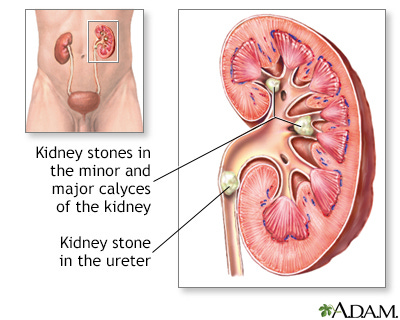

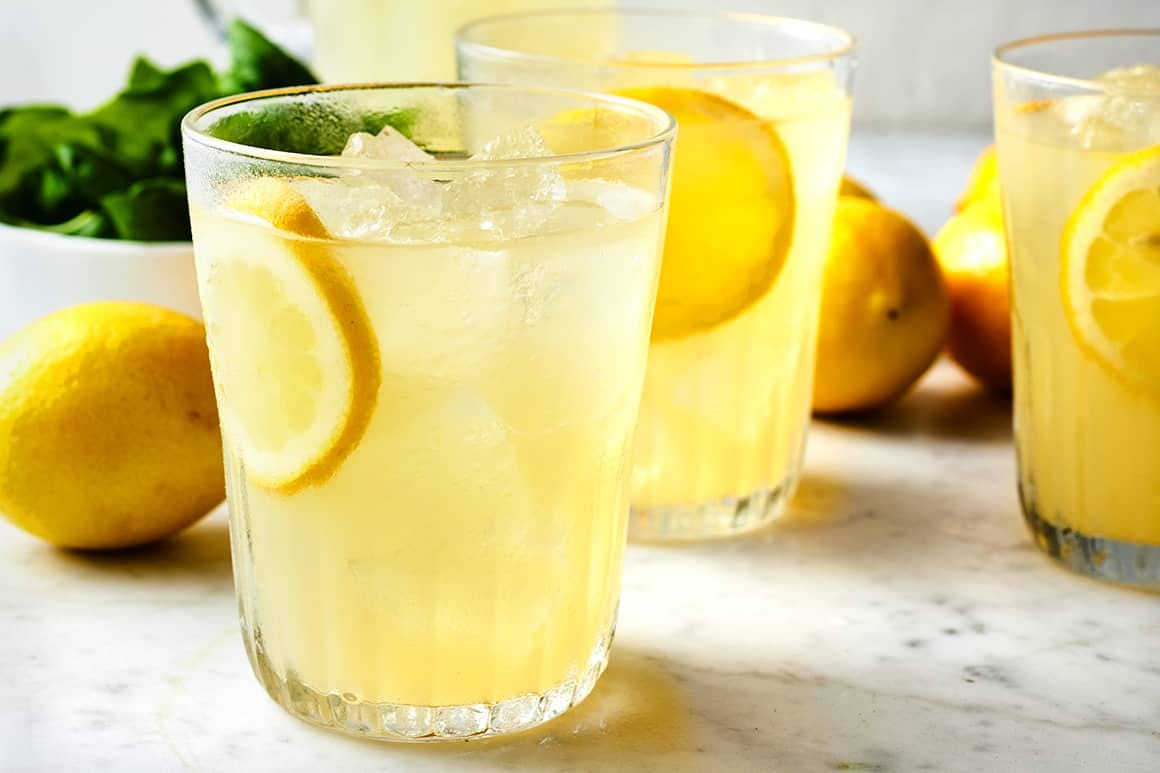
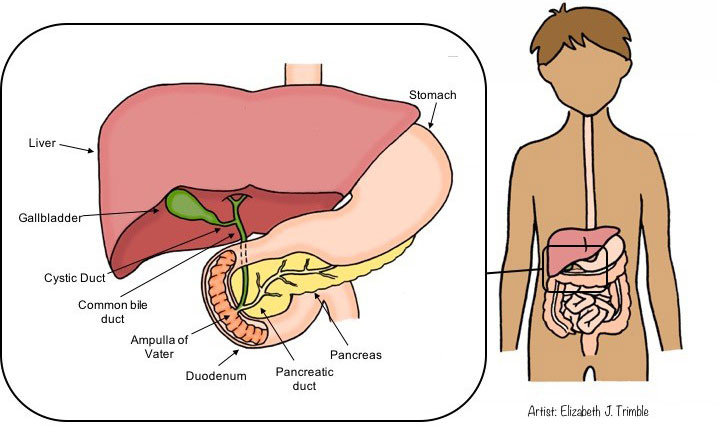

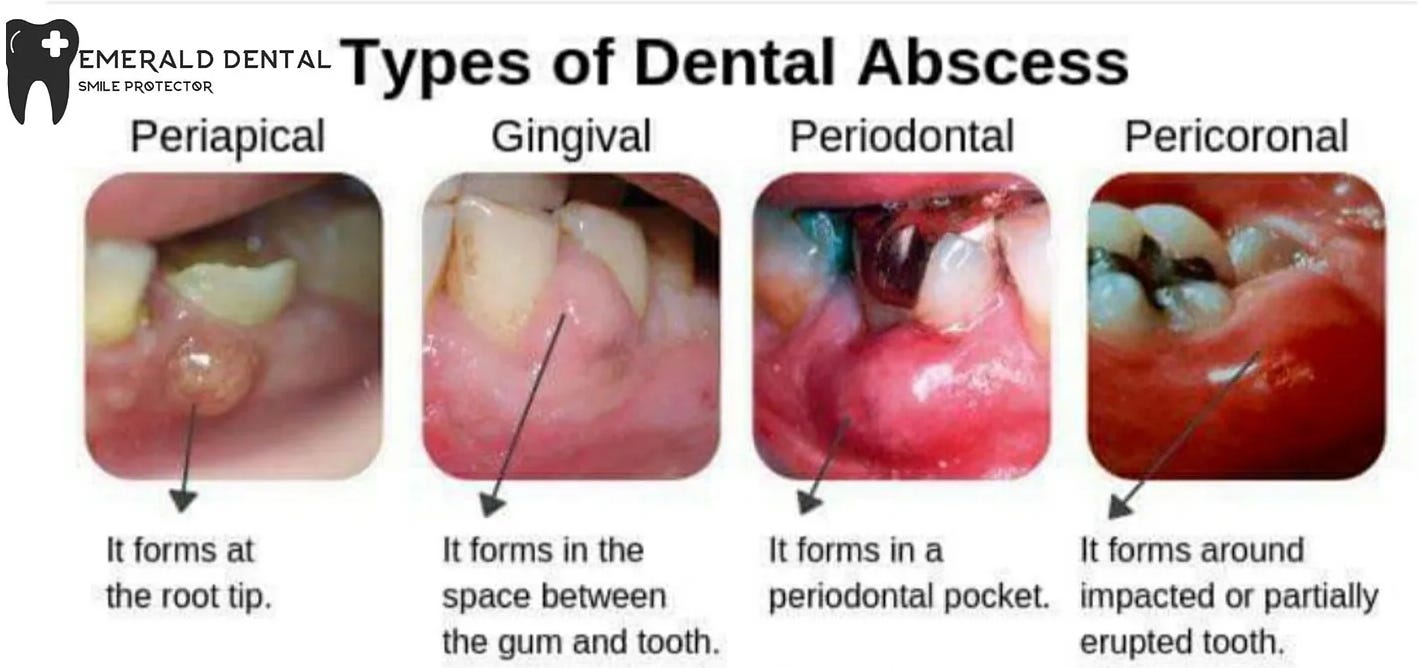

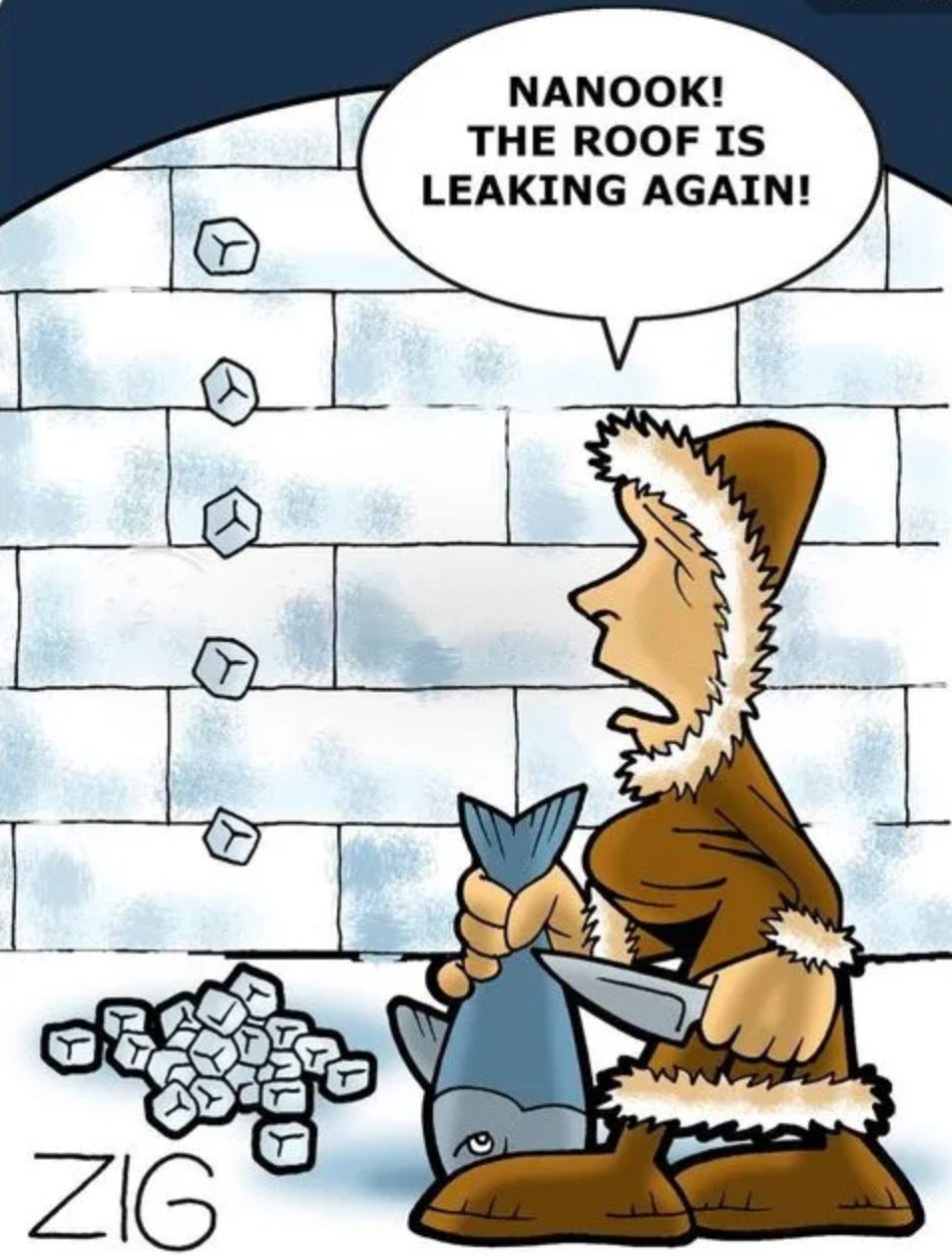

No comments:
Post a Comment